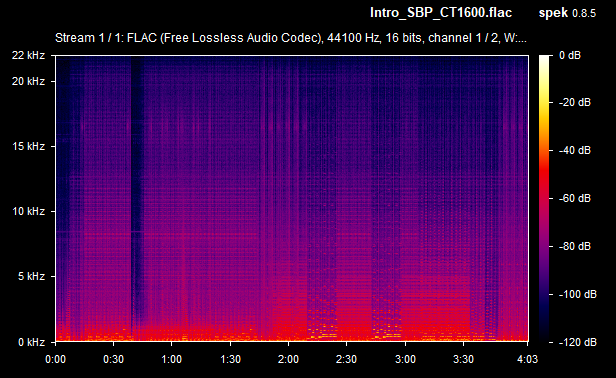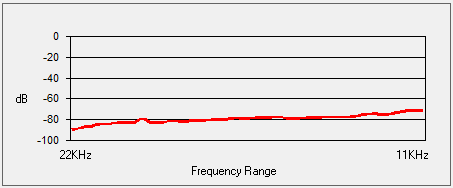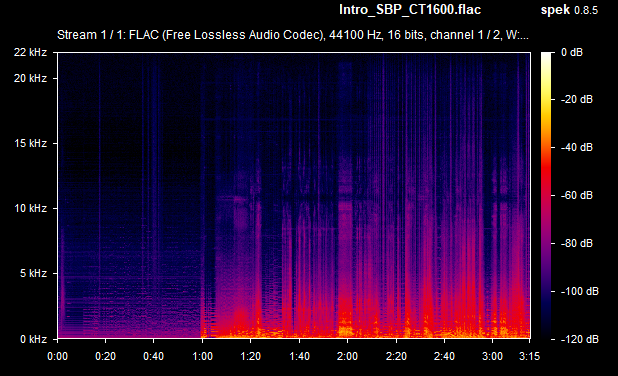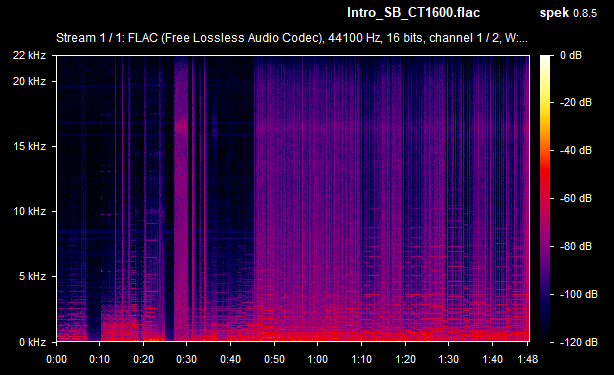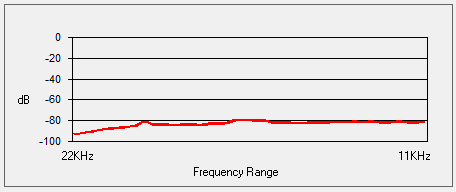Retro Review: Creative Labs Sound Blaster Pro 2 - Part 3
9th December 2023
Well it's taken me a long time to get back to completing this article. This was partly due to retro hardware failures including two motherboards and my VGA scaler, but no excuses, it's been too long. Anyway, I'm back, and in this Part 3 I took some recordings from the card after setting the mixer levels to the optimal settings (zero for everything apart from the FM output which I set slightly lower than the maximum).
As I mentioned in Part 2, the card doesn't have any line-out jack, so all tests have been conducted from the speaker-out jack, and the tests from other cards are also from the speaker-out jack for a like-for-like comparison.
I've put 'Sync Play' on this page (as I did with some earlier articles) so it's easier to flip from one card to another while the audio is playing. It's not perfect as some of my recordings don't align 100%. Just flick the switch to turn Sync Play on, then use the Previous and Next buttons to move between sound cards - the current position within the recording will be retained as you move back and forth.
NOTE: This page is set to pre-load the audio tracks unless it detects a mobile device - this process can take 30 seconds or more even on a fast broadband connection, so look out for the 'Audio loading, please wait...' message to disappear. If it doesn't and you are on a mobile device, just hit play on one of the tracks to enable Sync Play - the tracks will be loaded only when you click on them.
Thoughts...
OK, so these cards are not all equal: we have a mix of 8-bit (22 KHz) and 16-bit (44.1 KHz) audio cards that are playing back Sound Blaster Pro or Sound Blaster 16 tracks respectively, mixed with General MIDI wavetable and pre-GM Roland MT-32. As a direct comparison to the 8-bit 22.1 KHz CT1600 is the MultiWave AudioWave 16 AISP (SCSI), ESS ES1868 AudioDrive, Ad Lib MSC16, and Yamaha Audician 32 Plus.
It's good to get an impression of what these older 8-bit stereo sound cards sound like when put up against the superior 16-bit audio cards, at least on paper, though many of the latter just use 22.1 kHz samples anyway, resulting in no better actual audio sample quality. This levels the playing field on most of these games for the older 8-bit cards so it's very much worth comparing. In the 16-bit corner we have the Sound Blaster 16 (CT2770), AWE64 Value, and the two Aztechs. Finally we have those GM cards which will almost always sounds miles better due to their use of true instrument samples: Roland SC-55, Ensoniq AudioPCI, and Yamaha MU80 (that is, unless the game doesn't directly support GM, in which case they'll be pretty dreadful with odd instruments being used).
Star Wars: TIE Fighter - This is sadly where the CT1600 loses out to the Crystal-based AudioWave 16 which appears to have more 'body' to the sound than the more flat CT1600 output. The same can be said for the Sound Blaster 16 (CT2770) - it's not got the depth of the AudioWave card. In the other hand, the digital audio (speech) does come across with more echo on the CT1600 which I feel is better. The ES1868 I would score last place here, as it's even more flat and synthetic than the CT1600. I'm not sure what's wrong with the Ad Lib MSC16 - it just sounds completely off, like it's playing incorrect samples.
Dune - All the Creative cards come across as more muffled, though the AWE64 is the best of them and is better at the higher frequencies than the Aztechs. The Aztechs have much more punch, while the OPL3SAx has a boomy overdrive about it. The Ad Lib MSC16 again fails with weird notes while the ES1868 is too soft. Nothing quite beats the Roland MT-32 here, which is what the soundtrack was supposedly written on. Ignore the SC-55 and MU80, as the game doesn't support General MIDI so these shuffled instruments both sound 'off'.
Wing Commander II - The SBPro2 really is reasonably good here but compared to the OPL3SAx and the AWE64 it's dull and muffled. It does however have a broader range than the ES1868 which again is too trebly. I prefer the Aztech Nova 16 to the CT1600, but the OPL3SAx is probably the best of the non-16-bit audio cards, but surprisingly the Ad Lib MSC16 really shone with this game. Of course, top place goes to the Roland MT-32 for its authentic orchestra and atmosphere.
The table below shows the CT1600 compared to the other various cards' average RMS and weighted SnR figures. The signal-to-noise is much more critical here, as the RMS is more a measure of the onboard amplifier's capability (again, this card only has a Speaker-Out jack, so we must use the onboard amplifier), and since this can be pushed through an external amplifier it is changeable (though would introduce even more noise). The higher the SnR the better, so we can see that in these tests it sat in the middle of the pack, but was only just below the AWE64 which is known for its low noise.
| Card | Average RMS (dB) | Average SnR (dB) |
|---|---|---|
| Yamaha Audician 32 | -15.19 | -69.75 |
| MultiWave Audiowave 16 AISP | -12.77 | -65.33 |
| Sound Blaster AWE64 Value | -22.12 | -64.66 |
| Sound Blaster Pro 2 (CT1600) | -16.78 | -63.75 |
| Sound Blaster 16 (CT2770) | -16.72 | -58.75 |
| Ad Lib MSC16 | -18.81 | -57.5 |
| Aztech Sound Galaxy Nova 16 | -16.05 | -57.25 |
| Sound Blaster 16 (CT2940) | -28.25 | -52.33 |
| ESS Audiodrive ES1868 | -23.87 | -49.5 |
If you liked this review, or have any comments or feedback, please use the 'Contact Us' link at the bottom of this page.
